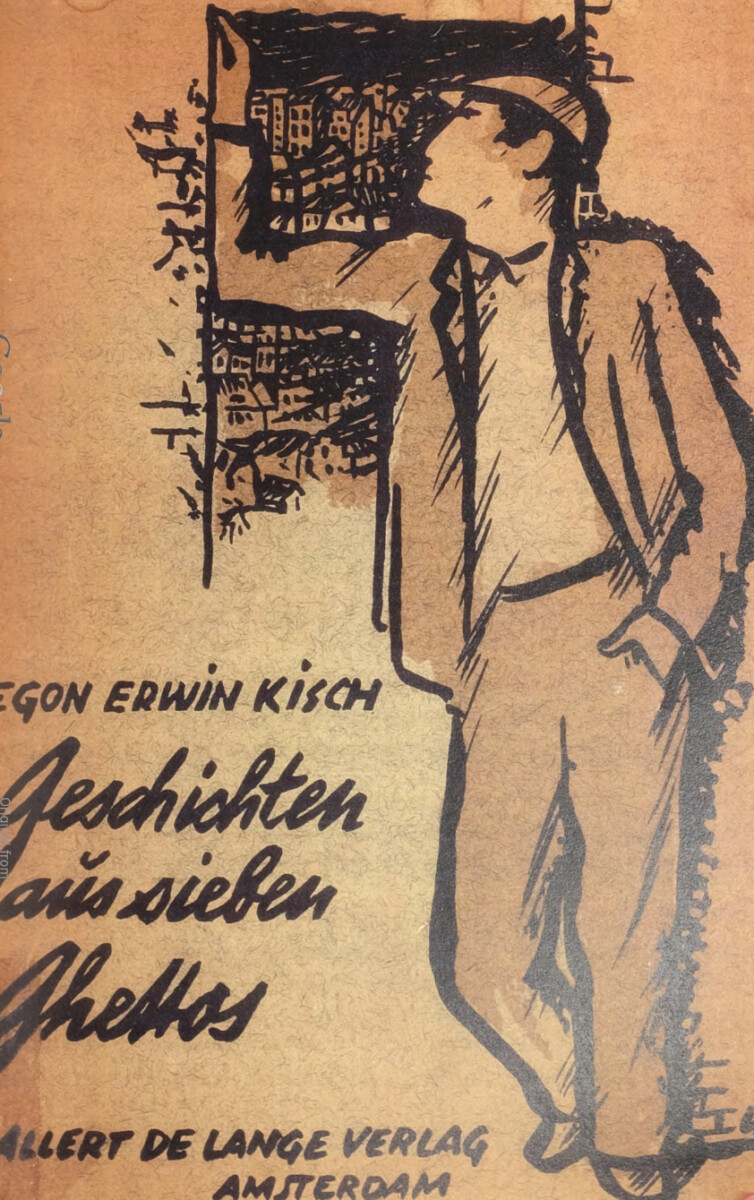Fred Stein (1909-1967) was born in Dresden as the son of a rabbi and initially started a lawyer’s career. After the Nazis seized power and issued a decree revoking the license to practice law for Jews as early as June 1933, however, the career as a legal clerk was discontinued. Fred Stein’s political, antifascist and socialist commitment – and his awareness that the Gestapo was making inquiries about him – forced Stein to flee as early as October 1933. Together with his wife Lieselotte (née Salzburg, named Lilo), whom he had married the same year, he went on a fake honeymoon trip to France, from which they did not return.
Like many other refugees, the young couple tried to build up an interim life in Paris. Fred Stein turned his previous hobby, photography, into a profession. He meandered through Paris with the Leica, which he and Lilo had given each other as a wedding present. He developed two main subjects: the “sociology of the street” and “the psychology of the portrait.” Fred Stein photographed, among other things, the Jewish quarter of Marais, the glamour and poverty on the streets of Paris, the workers, beggars, sales clerks and children he met there, the café life of the emigrants. He also took photographs of children who had fled to France from the Spanish Civil War. In 1935 he portrayed participants in the International Writers’ Congress for the Defense of Culture in Paris. He also portrayed Hannah Arendt (1906-1975), with whom he had a long friendship, for over 30 years.
In the selection of photographs shown here, Fred Stein takes a look at life in the Jewish quarters of Paris and Antwerp: Children are playing on the landing of a hairdresser’s store with Yiddish lettering, a woman is sitting in front of another store with Yiddish board, two men are walking on the wet asphalt, a rabbi is holding on to his walking stick, another man’s stick has slipped to the floor while he is sleeping on the windowsill.
Fred and Lilo Stein’s apartment in Montmartre became a meeting place for many refugees and “Studio Stein” with the bathroom a darkroom. Lilo contributed through retouching and laboratory work and her own photographs. Stein’s photographs were shown, among other places, in the bookstore and Galerie de la Pléiade, which was central to Parisian exile life. He also published them in illustrated magazines, especially left-wing ones such as the “Regards,” in which social reportage had become an essential element.
Stein remained politically active in Paris not only through his social-documentary photographic work: he became involved in the Anti-Fascist Journalists’ Association and wrote articles for the Socialist Workers’ Party under the pseudonym Fritz Berg. From September 1939 onwards, Fred Stein was sent to various internment camps because of his German origins. In the Villerbon camp, he administered a small camp library and organized mutual instruction courses with other inmates, which they jokingly called “la Sorbonne.” Amid the unrest following the German invasion of France, Fred Stein escaped the internment camp, and managed to find Lilo and their daughter Marion, born in 1938, in Toulouse. In 1941, with the help of the Emergency Rescue Committee headed by Varian Fry, the Stein family managed to escape to New York, where they settled permanently. Fred Stein continued his photographic work.
All photographs by Fred Stein are published on the We Refugees Archive with the kind permission of Peter Stein.
© Fred Stein Archive











